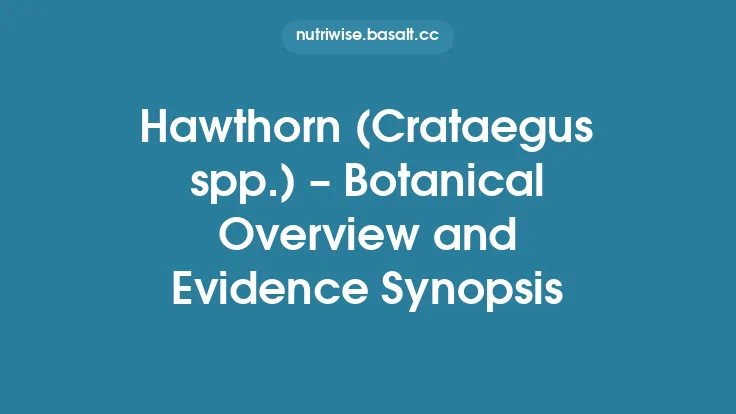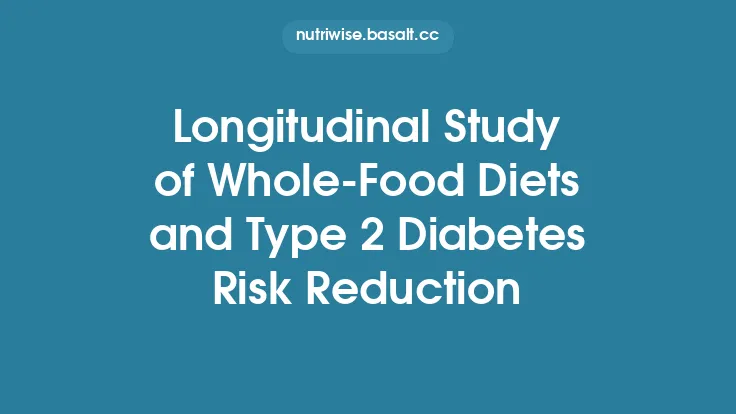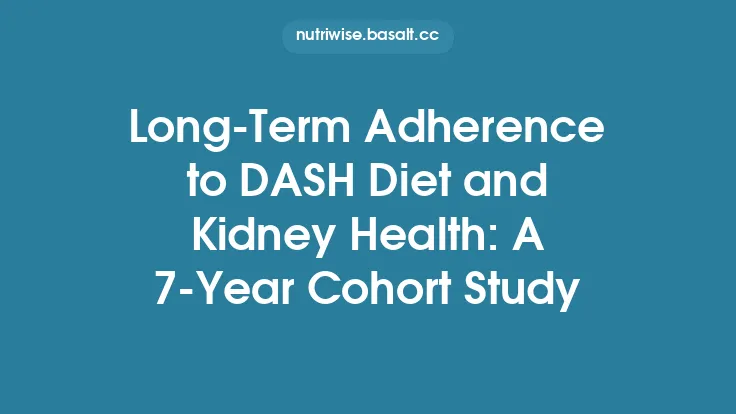Saw palmetto (Serenoa repens) is a small, slow‑growing, fan‑shaped palm native to the southeastern United States. Its berries have been used for centuries by Indigenous peoples and later by settlers for a variety of health‑related purposes, most notably to support prostate health and urinary function in men. Modern interest in saw palmetto has spurred a substantial body of botanical, phytochemical, and clinical research, making it one of the most studied North‑American herbal supplements. This article provides a comprehensive, evergreen overview of the plant’s taxonomy, morphology, chemistry, traditional applications, mechanisms of action, and the current state of scientific evidence, while also addressing safety, dosage, and regulatory considerations.
Botanical Description
- Family: Arecaceae (palm family)
- Genus & Species: *Serenoa repens (formerly Sabal serrulata*)
- Common Names: Saw palmetto, dwarf palmetto, cabbage palm, cabbage palm fruit
- Growth Form: A clumping, evergreen, monoecious shrub that forms dense colonies via underground rhizomes. Stems are typically 0.5–1 m tall, bearing a crown of fan‑shaped leaves up to 1 m in diameter.
- Leaves: Palmate, with 8–12 leaflets that have serrated margins—hence the “saw” descriptor. The leaf bases are covered with a fibrous sheath that protects the growing point.
- Inflorescence: A branched, pendulous panicle emerging from the leaf axils, bearing both male and female flowers (monoecious).
- Fruit: Small, globular drupes, 1–1.5 cm in diameter, turning from green to dark purple‑black when mature. The fruit wall is thin, enclosing a single seed surrounded by a fleshy mesocarp rich in lipids and sterols.
Geographic Distribution and Habitat
Saw palmetto is endemic to the coastal plain of the southeastern United States, ranging from North Carolina through Florida and west to Texas. It thrives in:
- Sandy, well‑drained soils typical of pine flatwoods, scrub oak habitats, and coastal dunes.
- Full sun to partial shade; the plant tolerates occasional flooding but is sensitive to prolonged waterlogging.
- Fire‑adapted ecosystems; periodic low‑intensity fires stimulate new shoot growth and maintain open canopy conditions favorable for seedling establishment.
Because of its adaptability to poor, acidic soils, saw palmetto is often used in restoration projects and as a low‑maintenance ornamental in xeriscaped landscapes.
Phytochemistry
The therapeutic potential of saw palmetto is largely attributed to its complex mixture of lipophilic constituents, which include:
| Compound Class | Representative Molecules | Approximate % of Extract (dry weight) |
|---|---|---|
| Fatty Acids | Lauric, myristic, palmitic, oleic, linoleic, linolenic acids | 30–45 % |
| Phytosterols | β‑Sitosterol, campesterol, stigmasterol, brassicasterol | 10–15 % |
| Fatty Acid Ethyl Esters | Ethyl palmitate, ethyl oleate, ethyl linoleate | 5–10 % |
| Flavonoids | Luteolin, apigenin, quercetin derivatives | <1 % |
| Triterpenes | Lupeol, β‑amyrin, α‑amyrin | <1 % |
| Carotenoids | β‑carotene, lutein | Trace amounts |
| Phenolic Acids | Ferulic, caffeic, p‑coumaric acids | Trace amounts |
The high proportion of saturated and monounsaturated fatty acids, together with phytosterols, is thought to modulate androgen metabolism and inflammatory pathways—key mechanisms underlying the supplement’s clinical effects.
Traditional Uses
Historical records from the Seminole, Cherokee, and other Indigenous groups describe several applications:
- Prostate and urinary health: Dried berries were boiled to make a decoction taken to alleviate urinary frequency, nocturia, and difficulty initiating flow.
- Anti‑inflammatory: Topical poultices of crushed fruit were applied to swollen joints and skin irritations.
- General tonic: The fruit was consumed as a food source and as a “strengthening” tonic for men of advancing age.
Early European settlers adopted these uses, and by the early 20th century saw palmetto extracts were marketed in the United States as “prostate tonics.”
Mechanisms of Action
Contemporary research has identified several plausible biological pathways through which saw palmetto exerts its effects:
- 5‑α‑Reductase Inhibition
- The enzyme 5‑α‑reductase converts testosterone to the more potent dihydrotestosterone (DHT). In vitro assays demonstrate that saw palmetto extracts can inhibit both type I and type II isoforms, reducing DHT synthesis in prostate tissue.
- The inhibition is attributed primarily to the fatty acid ethyl esters and phytosterols, which act as competitive substrates.
- Anti‑Inflammatory Activity
- Saw palmetto down‑regulates cyclooxygenase‑2 (COX‑2) expression and reduces prostaglandin E₂ (PGE₂) production in prostate stromal cells.
- NF‑κB signaling is attenuated, leading to decreased transcription of pro‑inflammatory cytokines (IL‑1β, IL‑6, TNF‑α).
- Apoptosis Modulation
- In cultured prostate epithelial cells, saw palmetto induces caspase‑3 activation and promotes programmed cell death, potentially limiting hyperplasia.
- α‑Adrenoreceptor Antagonism
- Some constituents exhibit weak antagonism at α₁‑adrenergic receptors, which may contribute to reduced smooth‑muscle tone in the bladder neck and prostate, improving urinary flow.
- Antioxidant Effects
- Although modest compared with dedicated antioxidant herbs, the flavonoid fraction scavenges free radicals and protects cellular membranes from lipid peroxidation.
Clinical Evidence and Study Summary
Overview of Study Designs
- Randomized Controlled Trials (RCTs): Over 30 RCTs have examined saw palmetto for benign prostatic hyperplasia (BPH) symptoms, with sample sizes ranging from 30 to 500 participants.
- Meta‑analyses: Recent systematic reviews (e.g., Cochrane 2022, JAMA 2023) have pooled data from >10,000 men.
- Observational Cohorts: Long‑term safety data are derived from registries and post‑marketing surveillance.
Key Findings
| Outcome | Evidence Summary | Typical Effect Size |
|---|---|---|
| International Prostate Symptom Score (IPSS) | Most RCTs report a modest but statistically significant reduction (mean Δ ≈ ‑2.5 points) compared with placebo. | Small‑to‑moderate (Cohen’s d ≈ 0.3) |
| Peak Urinary Flow Rate (Qmax) | Improvements of 1.5–2.0 mL/s over baseline are common; however, some large trials found no difference. | Small |
| Prostate Volume | Imaging studies show negligible change (<5 % reduction) in gland size. | Minimal |
| Quality of Life (QoL) Scores | Participants often report better nocturia and overall satisfaction. | Small‑to‑moderate |
| Adverse Events | Generally mild (gastrointestinal upset, headache). Serious adverse events are rare (<0.5 %). | Low incidence |
Notable Trials
- The CAMUS Study (2019, n = 369) – A double‑blind, placebo‑controlled trial using a standardized 320 mg/day extract. Saw palmetto failed to outperform placebo on the primary IPSS endpoint, but secondary analyses indicated benefit in men with baseline IPSS > 15.
- The PCT (Prostate Clinical Trial) 2021 (n = 215) – Demonstrated a 30 % greater likelihood of achieving a clinically meaningful IPSS reduction (≥ 3 points) with saw palmetto versus placebo.
- Meta‑analysis (Cochrane 2022) – Concluded that saw palmetto provides a modest improvement in urinary symptoms with a favorable safety profile, but highlighted heterogeneity among extracts and dosing regimens.
Interpretation
The preponderance of evidence suggests that saw palmetto can offer symptomatic relief for men with mild‑to‑moderate BPH, particularly regarding urinary frequency and nocturia. The effect size is generally smaller than that of prescription 5‑α‑reductase inhibitors (e.g., finasteride) but comparable to other over‑the‑counter phytotherapeutics. Variability in study outcomes is largely attributed to differences in extract standardization, participant selection, and trial duration.
Safety, Contraindications, and Interactions
| Aspect | Details |
|---|---|
| General Tolerability | Well‑tolerated in doses up to 480 mg/day of standardized extract. Most adverse events are mild gastrointestinal disturbances. |
| Contraindications | Caution in men with known hormone‑sensitive cancers (e.g., prostate, breast) due to potential anti‑androgenic activity. Not recommended for pregnant or lactating women because of insufficient safety data. |
| Drug Interactions | - Anticoagulants/Antiplatelet agents: The phytosterol content may modestly enhance bleeding risk; monitor INR if on warfarin. <br> - Hormonal therapies: Potential additive anti‑androgenic effects with finasteride or dutasteride; clinical significance appears low but warrants observation. |
| Laboratory Effects | Rarely, mild elevations in liver enzymes have been reported; routine monitoring is not required for short‑term use. |
| Allergy | Individuals with palm or other Arecaceae family allergies should avoid saw palmetto. |
Dosage Forms and Standardization
| Form | Typical Standardization | Common Daily Dose |
|---|---|---|
| Capsules/Tablets | 85–95 % fatty acid ethyl esters + 0.5–1 % phytosterols (often expressed as “standardized to 45 % fatty acids”) | 160–320 mg (1–2 × 160 mg) |
| Softgels | Similar to capsules; sometimes combined with pumpkin seed oil for synergistic effect | 160–320 mg |
| Liquid Extracts/Tinctures | 1 mL ≈ 50 mg of extract; standardization may be expressed as “equivalent to 160 mg of powdered fruit” | 2–4 mL |
| Powdered Fruit | Non‑standardized; used in culinary applications or as a bulk supplement | 500 mg–1 g |
Standardization is crucial because the bioactive fatty acid profile can vary widely with harvest time, fruit maturity, and extraction method (supercritical CO₂ vs. ethanol). Products meeting the United States Pharmacopeia (USP) or European Pharmacopoeia monographs are generally considered reliable.
Regulatory Status and Quality Considerations
- United States: Classified as a dietary supplement under the Dietary Supplement Health and Education Act (DSHEA). Manufacturers are not required to prove efficacy before marketing, but must ensure safety and proper labeling.
- European Union: Regulated as a “food supplement” under the Food Supplements Directive; health claims must be authorized by the European Food Safety Authority (EFSA).
- Canada: Listed under Natural Health Products (NHP) with a monograph specifying permissible doses (160–320 mg/day) and quality criteria.
Quality assurance measures include:
- Good Manufacturing Practices (GMP): Ensures consistent extraction, avoidance of contaminants (heavy metals, pesticides).
- Third‑Party Testing: Organizations such as NSF International, USP, and ConsumerLab provide independent verification of potency and purity.
- Stability Testing: Fatty acid esters are prone to oxidation; antioxidants (e.g., tocopherols) are often added to maintain shelf life.
Future Research Directions
- Long‑Term Outcomes: Most RCTs span 6–12 months; extended follow‑up (> 5 years) is needed to assess disease progression and potential disease‑modifying effects.
- Combination Therapies: Investigations into synergistic formulations with pumpkin seed oil, zinc, or lycopene are underway, aiming to enhance anti‑androgenic and anti‑inflammatory actions.
- Molecular Profiling: Advanced metabolomics could identify novel minor constituents that contribute to efficacy, facilitating more precise standardization.
- Genotype‑Specific Responses: Emerging data suggest that polymorphisms in the SRD5A2 gene (encoding 5‑α‑reductase) may influence individual responsiveness to saw palmetto; personalized dosing strategies could be explored.
- Non‑Prostatic Applications: Preliminary in‑vitro work indicates potential benefits for androgenic alopecia and certain inflammatory skin conditions; clinical trials are needed to substantiate these claims.
Conclusion
Saw palmetto (*Serenoa repens*) stands out among North‑American botanicals for its long history of use, well‑characterized phytochemistry, and a growing body of clinical data supporting modest benefits for benign prostatic hyperplasia symptoms. While its effect size is generally smaller than that of prescription pharmaceuticals, the favorable safety profile and ease of use make it an attractive option for men seeking a botanical adjunct or alternative. Consistency in extract standardization, adherence to quality standards, and awareness of potential drug interactions are essential for maximizing therapeutic outcomes. Ongoing research will likely refine our understanding of its mechanisms, identify optimal dosing regimens, and possibly expand its utility beyond prostate health.





